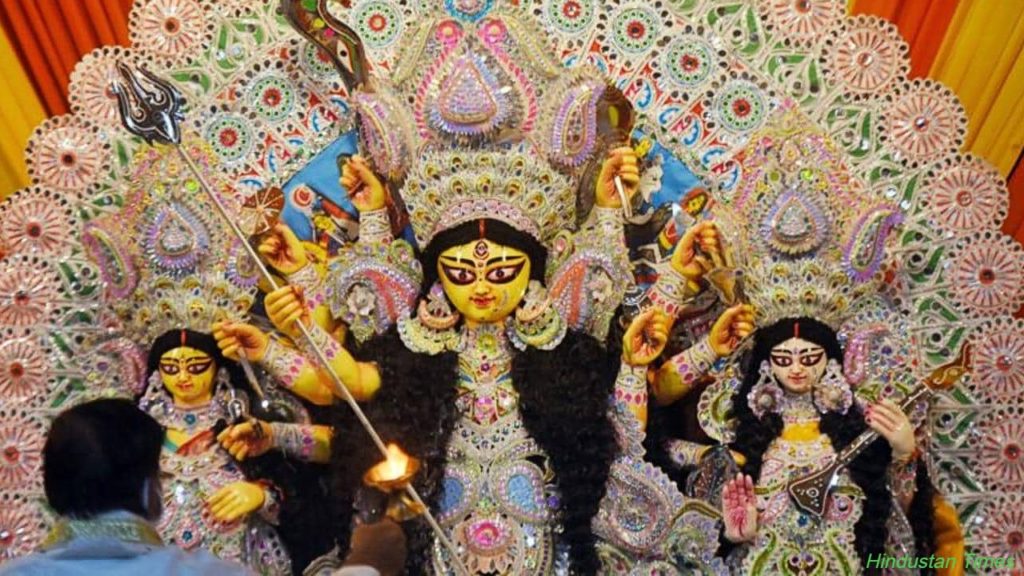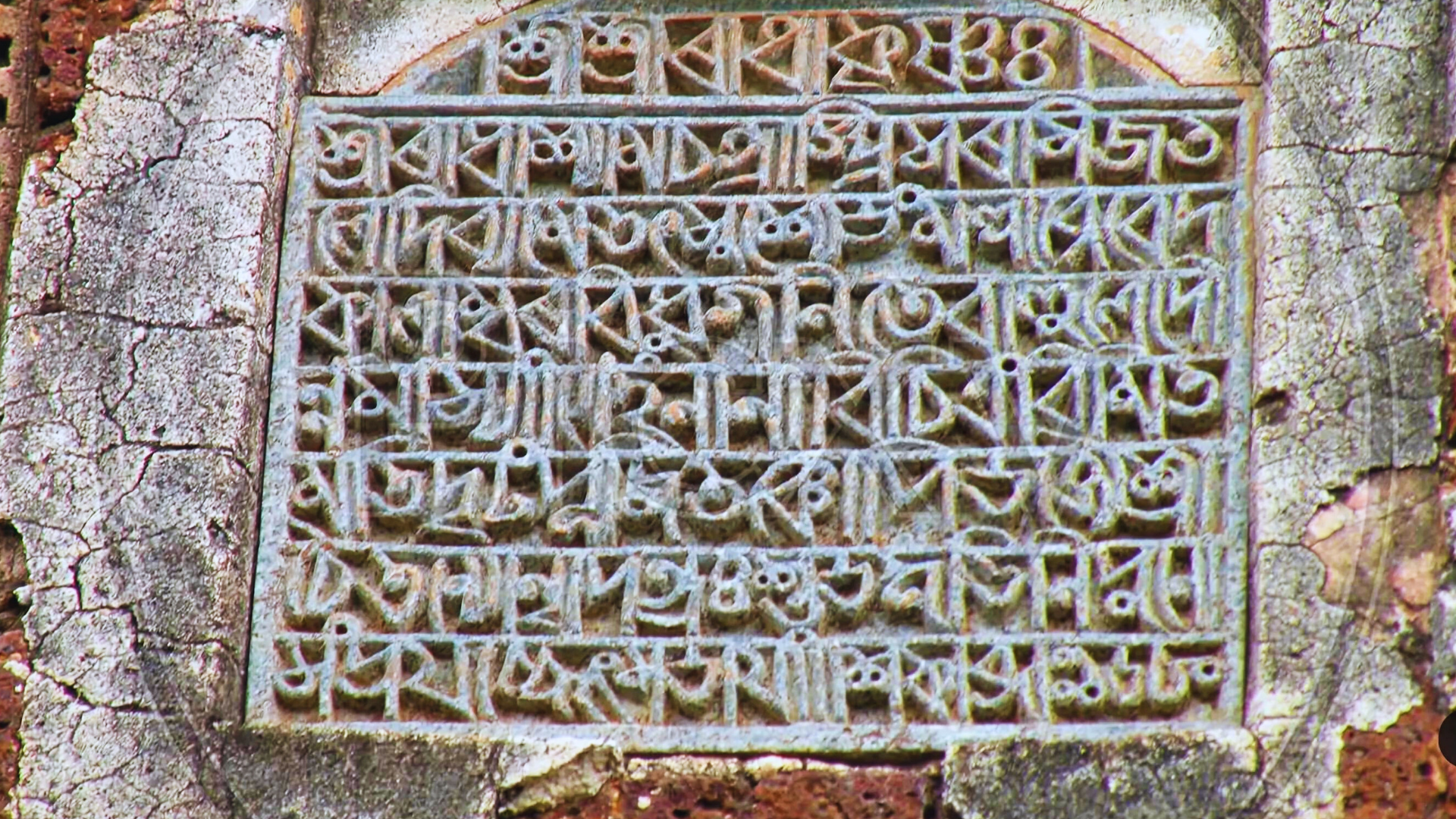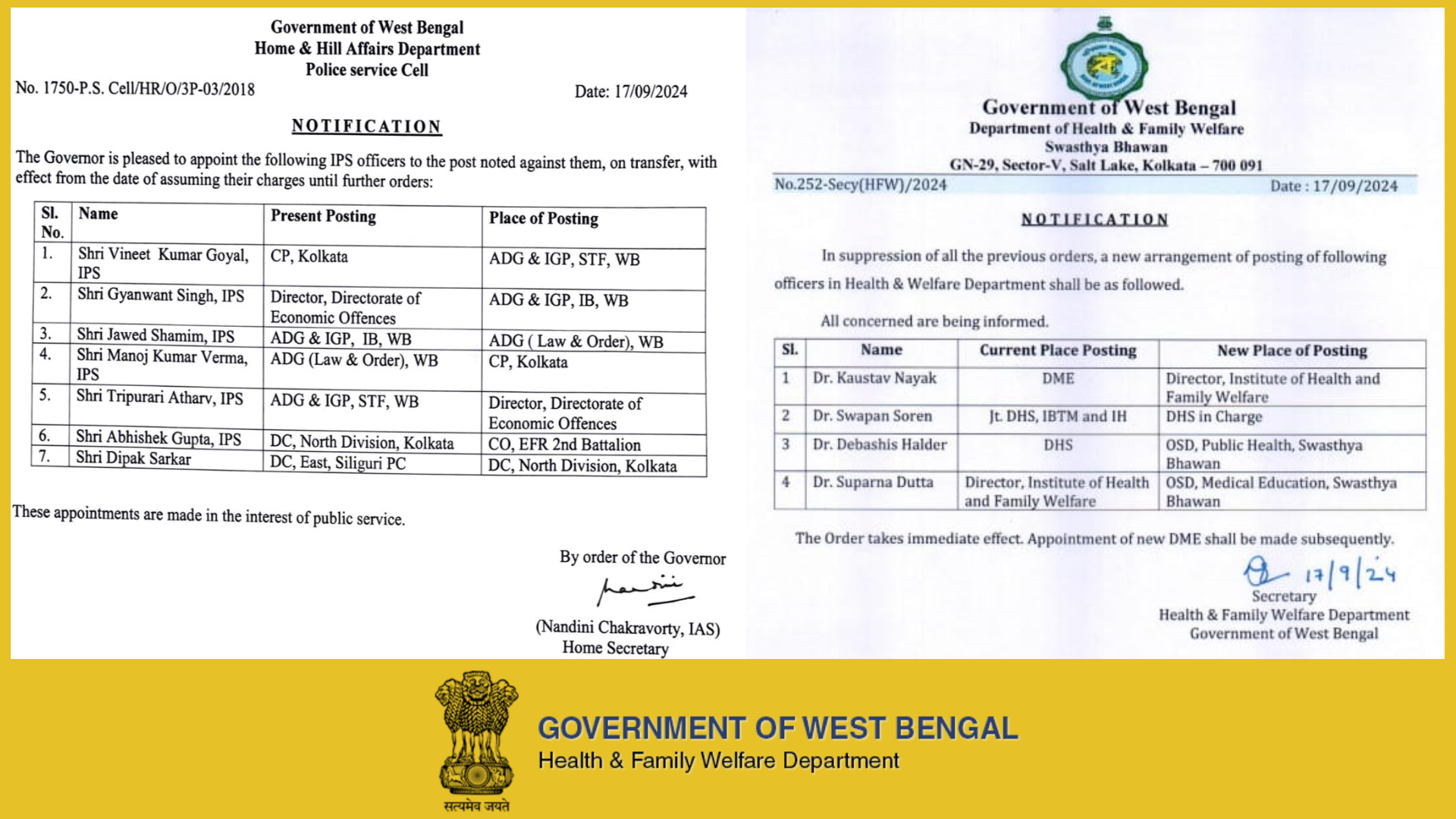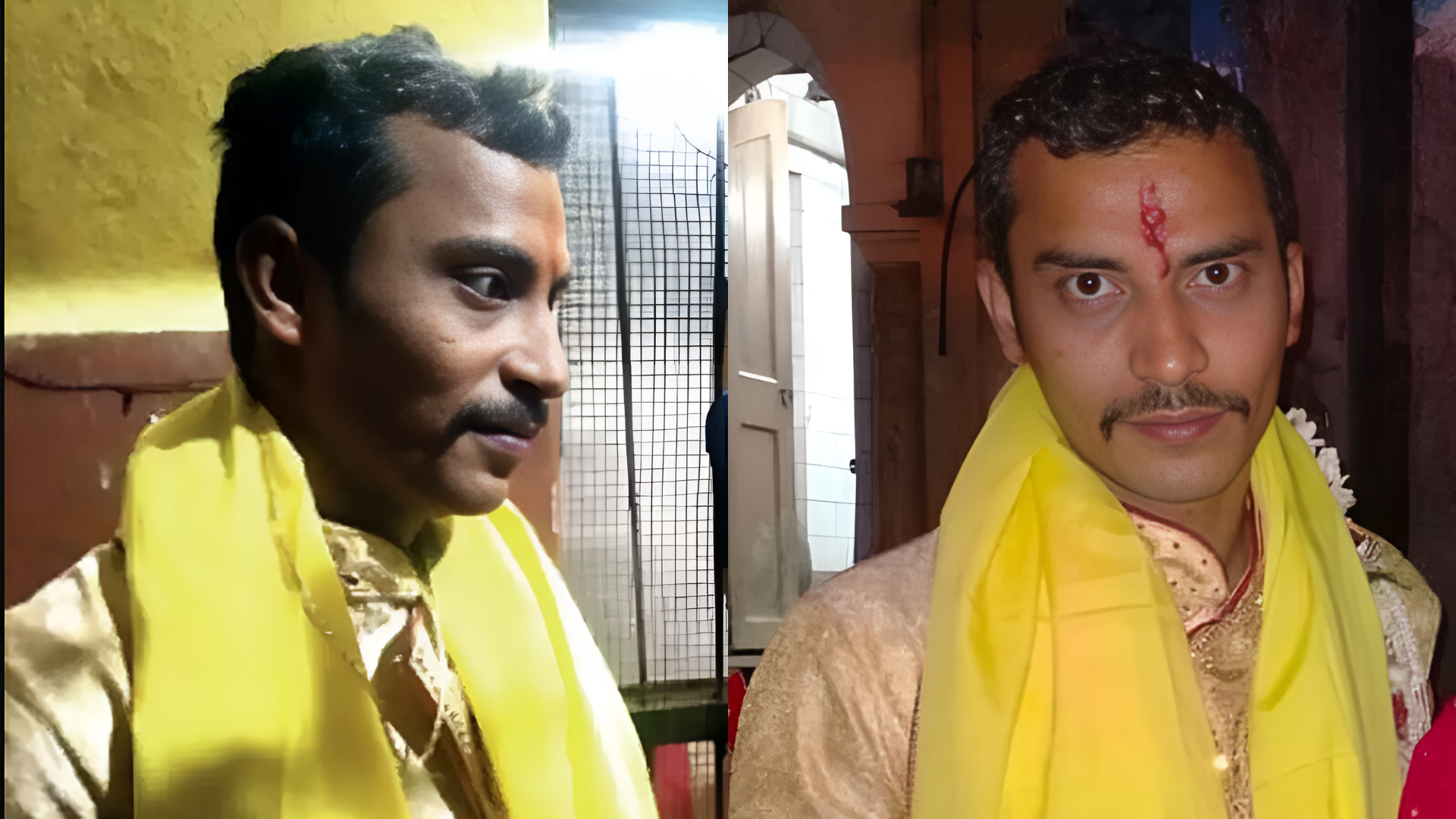UNESCO inscribes ‘Durga Puja in Kolkata’ in its List of Intangible Cultural Heritage of Humanity

A two-year-long effort culminated on Wednesday as UNESCO included ‘Durga Puja in Kolkata’ in its List of Intangible Cultural Heritage of Humanity.
On Wednesday, UNESCO declared ‘Durga Puja in Kolkata’ as having been “inscribed on Unesco’s Representative List of Intangible Cultural Heritage of Humanity”. The achievement was the result of two years of hard work.
Durga Puja made it to the list, along with Arabic calligraphy, Congolese Rumba and others, during the 16th session of UNESCO’s Intergovernmental Committee for the Safeguarding of the Intangible Cultural Heritage.
This inclusion means Durga Puja will feature on global tourist guides, and therefore, Puja organisers in Kolkata are already excited about the huge tourism potential as a result of more visitors to their pandals.
The application to UNESCO for Durga Puja’s inclusion was made by the Union Culture Ministry in 2019 when Sangeet Natak Akademi had asked art historian Tapati Guha Thakurta, a professor at the Centre for Study in Social Sciences, Kolkata, to compile a dossier.
On Wednesday, sources close to Guha Thakurta told The Telegraph that the dossier presented “a people’s festival in Kolkata” despite pressure from sections of the Union government to make a case for “Durga Puja across India”.
She told the newspaper that making it a case for a festival celebrated in Kolkata gave it the “locational specificity” that UNESCO looks for, like its predecessors on the UNESCO list—Kumbh Mela, the Buddhist chanting in Ladakh and the Kalaripayattu of Kerala.
The process, however, was begun by the Bengal government, whose Culture Department had forwarded the dossier to the Government of India. The process could not be completed earlier because of the pandemic breaking out in early 2020.
The community Durga Puja in Kolkata dates back to 1790. “These are now organised by residents of different localities, which add a unique social dimension to the festival. Over the years, the social-liberal polity of Bengal has accommodated a vast range of socio-cultural themes as well as various folk art and craft forms in the design of the idols, pandals, and illumination at the community Durga Pujas, thus making it the greatest public installation in the world,” the dossier says.
Guha Thakurta said UNESCO’s vetting process was quite rigorous, and it asked the Union government questions on the festival’s sustainability, inclusivity and suitability to “become an international tourist event”.
In this regard, the Bengal government’s Durga Puja Carnival, held for the last few years, needs to be mentioned. It has started attracting more and more foreign tourists, though the last two years have been a dampener; the carnival could not be held due to the COVIID-19 pandemic.
Hopefully, better things are in store for next year. Durga Puja organisers in the city and its suburbs are already excited at the potential of making the festival bigger and better created by UNESCO’s recognition. And many say the Durga Puja Carnival has as big a potential as any of the world’s famous carnivals.







